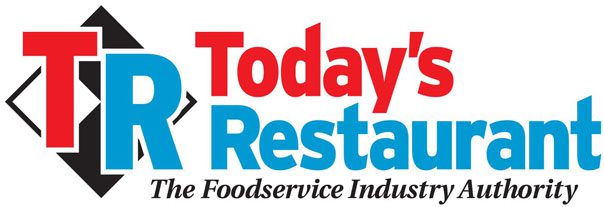
A TALE OF NINE INVESTMENTS / And The Power of a Service Strategy
By John Tschohl
In May 2003, John Tschohl made 9 investments of $1000 each. Back in 2003 these nine firms were all service leaders. I invested in Amazon, Dell, Costco, GE, JetBlue, Southwest Airlines, Home Depot, Commerce Bank (Now TD Bank), and Walmart. I wanted to track with real money (my own) how these companies performed in the market. Franky, I wanted to track financial performance of service leaders. I believe the only thing that motivates top management is hard numbers.
What I didn’t realize is most companies would not be “Relentless.”. As of March 3, 2021, my $9,000 grew to $137,653. All the dividends are reinvested. Amazon stock had grown to $96,480. Five did not do so well. My investment in Walmart the largest retailer in the world had grown to an unimpressive $3,288, while Dell had performed miserably and dropped to a measly $488. GE dropped to $808 after greed and poor leadership with Jeff Immelt as CEO. JetBlue increased after almost 18 years to only $1,377.
It never recovered from the way it handled the winter snow storm in February 2013 with no service recovery. Costco a consistent service leader has done exceptionally well and grew to $13,266 and the annual dividends are now $500 a year which is 50% of my initial investment. Home Depot who also kept its focus on customer service is worth $12,940. Commerce Bank used to outperform everyone but in 2007 it was sold to TD Bank where it lost its focus on relentless customer service and is now worth $5,337. Southwest Airlines stock is only worth $3,910 and they have never lost their focus on customer service. This is the only firm where the investment did not grow much over 18 years while they kept their focus on awesome service. The reason for the difference in the performance of the stocks was the difference the companies place on customer service.
Amazon is one of the most customer-service driven companies in the world. “The company continues to reap tremendous rewards, thanks to its service strategy. Everything the folks at Amazon.com do is based on customer service, speed, price and technology. It had sales of $386.06 billion in 2020, an increase of 37.6 percent over the previous year.” That is a $106.5 billion increase. On the other hand, the 2005 retirement of Michael Dell and his replacement’s lack of customer focus drove down Dell Computers’ stock to a pathetic level. Dell built its entire business around the customer experience, Then, with the change in top management, it lost that focus—along with millions of dollars in revenue.
After Dell retired and the company started to outsource its customer service operations to India, the company’s stock dropped more than 60 percent in value.” It never recovered even after Michael Dell returned. Things went south for Walmart, after H. Lee Scott took over as president and CEO in 2000, a position he held for the next nine years. Even though the company doubled its revenues, it lost more than $94 billion in market value. Sam Walton built a company around price and customer service. Lee Scott abandoned the focus on relentless customer service.
Companies throughout the world have experienced similar declines in revenues and stock value as they focus more on price than on providing their customers with great service. Wong, a supermarket chain in Peru as an example. Wong used to be the most customer-driven company in Peru and had a 70 percent market share. No company could come close to it in terms of the customer experience. That changed when the company was sold for $900 million in 2007 and the new management decided that customer service was no longer a priority. Its market share is now only 35 percent.
A service strategy is the single most powerful tool a company can have. Most companies focus on price as a strategy to attract customers, when it is service that will get—and keep—customers. Another major mistake many companies make is putting financial people at their helms. Those people are too focused on numbers. They have no concept of what motivates a customer to do business with Company A over Company B. If they think customers make their purchasing decisions based solely on price or innovation, they are sorely mistaken.”
During the pandemic too many firms reduced their focus on the customer experience, and it will be fatal for many firms. A service strategy consists of doing whatever is necessary to provide the customer with a positive customer experience. That includes making it easy to do business with your organization, treating customers with respect, hiring knowledgeable and personable employees, treating employees the way you want them to treat your customers, service recovery, and empowering those employees to make decisions on the spot that will favor the customer over the company.
Once you have implemented a service strategy, track your revenues, profits, and stock value. Then compare those numbers with the previous year. You will be amazed at the difference. Regardless of your size, if you provide a customer experience that is superior to anything your competitors can do, you will own the market.” You must remain relentless for life. It is like breathing. You can never stop.
John Tschohl is a professional speaker, service strategist, and consultant. He is the President and founder of Service Quality Institute (the global leader in customer service) with operations in over 40 countries. John is a self-made millionaire traveling and speaking more than 50 times each year. He is considered to be one of the foremost authorities on service recovery, service strategy, success, empowerment and customer service in the world. His new book, Relentless, was just released. John’s monthly strategic newsletter is available online at www.customer-service.com at no charge. He can also be reached on Facebook, LinkedIn and Twitter





Recent Comments